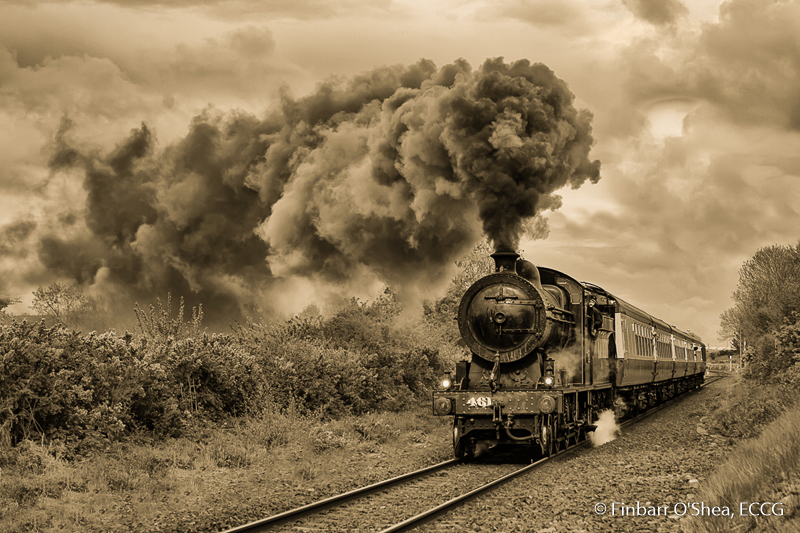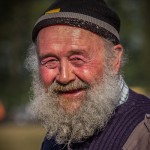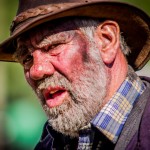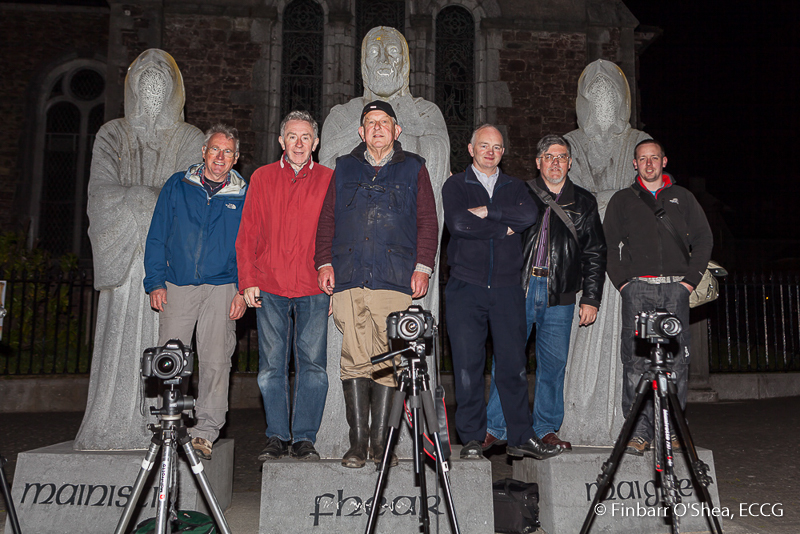
Charles Fort, Kinsale was the venue for the latest ECCG shoot on a sunny Sunday June 7th 2015. The fort, steeped in history, is located on the water’s edge at the southern end of the village of Summer Cove on Kinsale Harbour. The star shaped fort was built in the later 17th century on the site of an earlier stronghold which featured prominently during the Siege of Kinsale in 1601. The fort, which is named after Charles II, was designed by the Surveyor-general Sir William Robinson - architect of the Royal Hospital Kilmainham.
As one of the largest military forts in Ireland, Charles Fort has been associated with some of the momentous events in Irish history. These include the Williamite War in 1690 and the Irish Civil War of 1922 - 23.
The fort was relinquished by British forces following the Anglo-Irish Treaty of 1921, but it fell out of use after being burned by the retreating anti-Treaty forces during the Irish Civil War in 1922. The complex was named a National Monument of Ireland in 1971 and has been partly restored by the Irish heritage service.
After a brief introduction to the fort layout by the guide, ECCG members set off to explore this fascinating fort in greater detail.
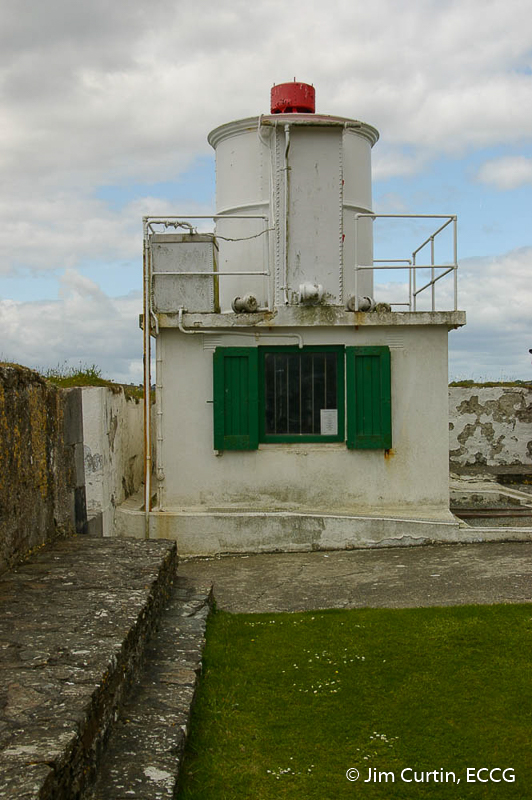 This large fort has five defensive bastions around its perimeter and the views over the top of the walls of Kinsale town and harbour are spectacular. The inland bastions of the fort however are overlooked by higher ground. 17th A light house building can be seen in the interior of the fort. Historically an earlier lighthouse was built there in the 17th century by Robert Reading.
This large fort has five defensive bastions around its perimeter and the views over the top of the walls of Kinsale town and harbour are spectacular. The inland bastions of the fort however are overlooked by higher ground. 17th A light house building can be seen in the interior of the fort. Historically an earlier lighthouse was built there in the 17th century by Robert Reading.
The huge complex included sleeping quarters, parade grounds, a hospital, gun and ammunition stores and barracks. Some of the original construction from the 17th century can still be seen. The former commander’s quarters are still intact and is now an exhibition centre. A neighbouring building housed an exhibition of the World War 1 about those individuals from the Kinsale area who fought, died in and survived the war.
Exhibitions from World War 1 relating to those from Kinsale area who fought and died in the war.
Although much of the fort is in ruins, it is a fascinating place to visit and a place ECCG is sure to visit again.
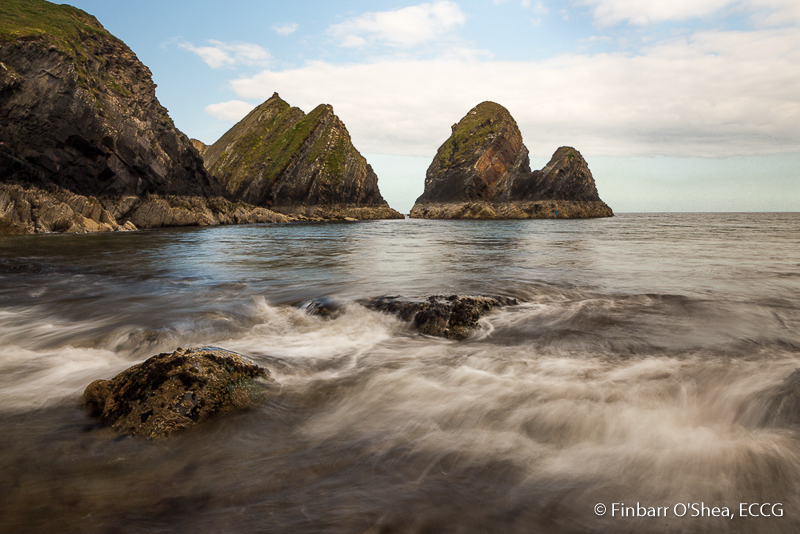
After a light refreshment at Charles Fort, ECCG members then headed for Nohoval Cove located between Ringabella and Oysterhaven. Nohoval Cove is a small inlet surrounded by ‘cookie-cutter’ cliffs and gleaming caves. Indeed a very peaceful and tranquil place. The views of the sea from the tops of the cliffs were immense and ECCG were treated to some great sea and cliff shots.
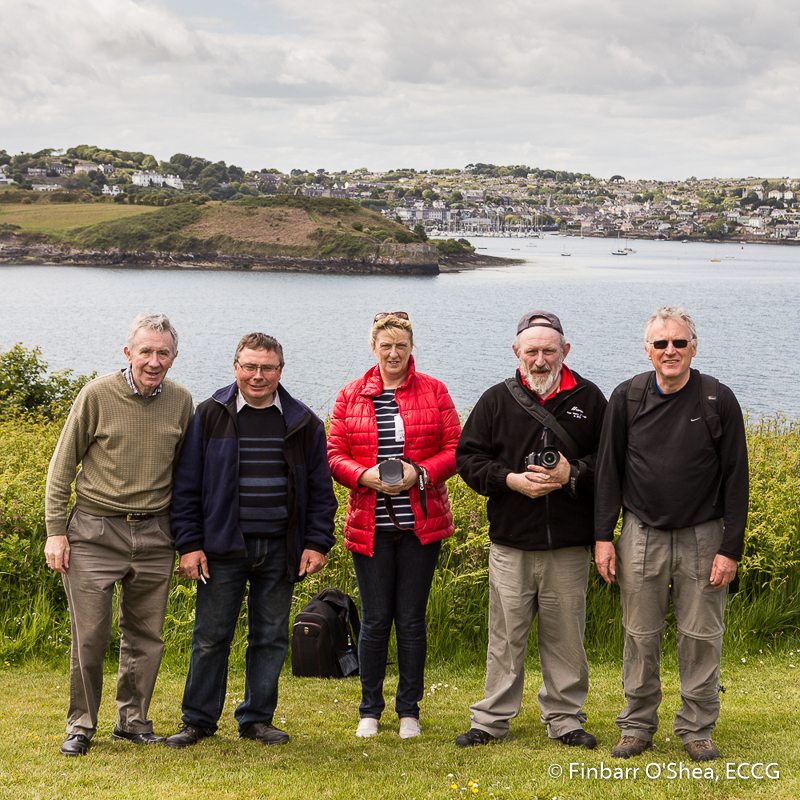
A great day was had by all with both a shoot to remember and the glorious weather made it even better. Both locations although diverse in nature will no doubt be visited again by those who were there.
Click here to view more images from the shoot. Enjoy!
- Noelle Lowney

